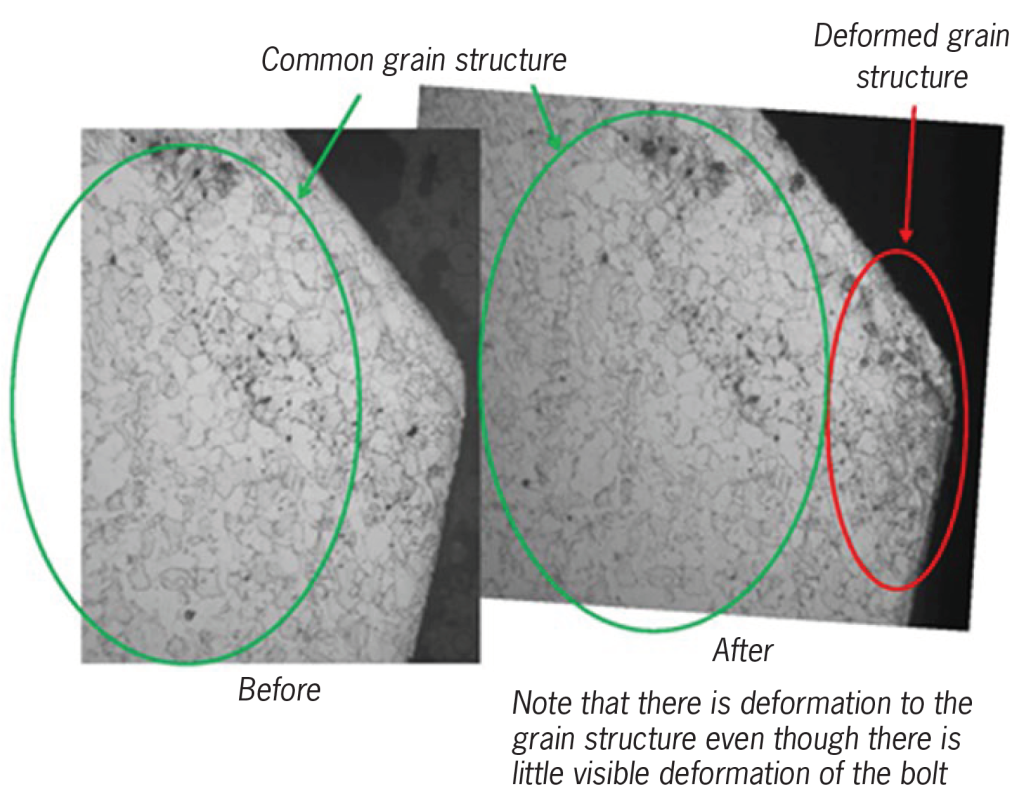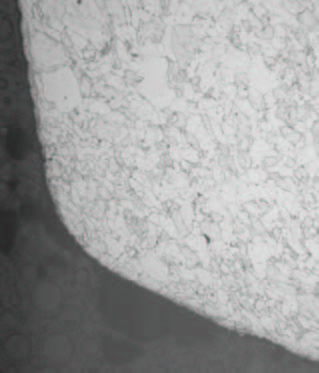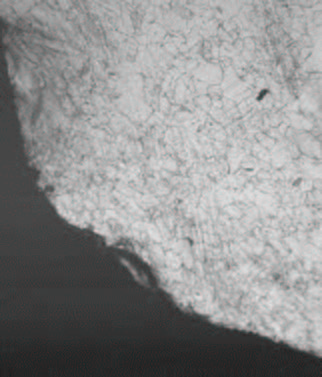Tech Briefs
Savannah River National Laboratory
Tamper Indicating Bolt
Researchers at the Savannah River National Laboratory (SRNL) have developed a unique system to detect whether tampering has occurred in a container or compartment during storage or transport.
Background
In storage and/or transport of certain items, the ability to detect tampering with a container or compartment for such items can be necessary and valuable. In the transport of hazardous substances, nuclear materials, including fuels and/or radioactive waste there are particularly stringent requirements to ensure integrity as well as safe transport and storage of materials. A retailer shipping inventory may need to know whether tampering with the container has occurred during transport to determine if shipment is original and complete. The following invention provides a system for tamper identification. This invention does not try to prevent access to the contents of the container, it merely indicates that someone has attempted to gain entry to the contents.

At a glance
- Minimal equipment
- Removes need for additional seal
- Uses unique grain structure of metal
- Government and commercial applications
- U. S. Patent 9,754,469 B2
How it works
Typically a container is closed with bolts and then sealed. The seal is a separate item that must be removed to allow the container to be opened. The process of removing the seal causes an irreversible change. If someone tries to secretly gain access to the contents, even if they reclose the container, the seal would indicate that it was tampered with. Seals have a unique serial number on them so that they could not easily be replaced to hide access. This invention eliminates the separate seal by using a unique microstructure of one or more closure bolts. A bolt is already used to close the container.
All metal items are unique at the microscopic level. They are made up of individual grains arranged in a unique pattern, much like a snowball is made up of individual snowflakes. Thanks to modern megapixel cameras, this unique grain structure can be photographed. At a later time when the container is being inspected for tampering, another photograph is taken. These are compared, any changes in the grain structure indicates tampering. Even if the bolt is removed and reinstalled, the deformation of the grain structure will be unique.

Possible Uses
Applications for this technology are as diverse as securing of nuclear materials for non-proliferation to securing of cargo being shipped cross country or overseas. To secure cargo, the bolt could be inserted into the hasp on the container doors. When the recipient receives their cargo, they can photograph the bolt and compare it to an image taken at the point of origin. If the bolt shows signs of tampering, the cargo could be rejected or subject to closer inspection. A patent has been filed with the U. S. Patent and Trademark Office.

Partnering Opportunities
SRNL invites interested companies with proven capabilities in this area of expertise to develop commercial applications for this process or product under a cooperative research and development agreement or licensing agreement. Interested companies will be requested to submit a business plan setting forth company qualifications, strategies, activities, and milestones for commercializing this invention. Qualifications should include past experience at bringing similar products to market, reasonable schedule for product launch, sufficient manufacturing capacity, established distribution networks, and evidence of sufficient financial resources for product development and launch.
Download Tech Brief
Contact Information
Savannah River National Laboratory
E-mail: partnerships@srnl.doe.gov